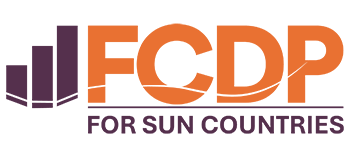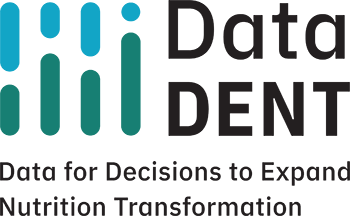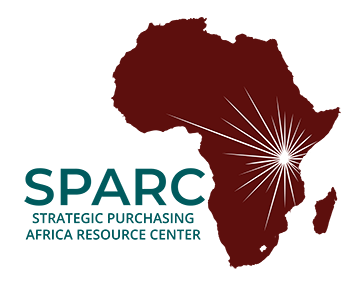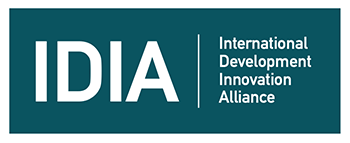Indian states have an opportunity to tackle malnutrition, but will they seize it?
[Editors’ note: Results for Development, with support from the Children’s Investment Fund Foundation (CIFF), analyzed budgetary allocations to nutrition in the Indian state of Rajasthan. These findings are included in a new report that was launched during a national consultation on nutrition financing in Delhi last month.]
By Rifaiyat Mahbub and Bailey McWilliams
Last year, following recommendations from the 14th Finance Commission, India raised the share of untied tax revenues going to states by nearly 10 percent. The 2016-2017 budget — released late last month — is the second budget to be released since India approved to increase devolution. After a year of operating under this new fiscal structure, it will be interesting to note how the center and states have adjusted their budgets in response to these changes and the impact this has had on nutrition programming. While Finance Minister Arun Jaitley indicated a clear commitment towards enhancing social spending in his budget speech, it remains to be seen whether this commitment will be translated to action.
Last year (FY 2015-2016), due to increased devolution, states received an additional Rs 29 billion in untied funds to spend on state priorities of their choice. But this money didn’t come out of thin air.
To give more to states, the central government had to take from resources going towards centrally sponsored schemes (CSS), which encompass most of India’s nutrition and health initiatives. Nutrition advocates in the country are particularly concerned that less funding for schemes like Integrated Child Development Services (ICDS, India’s largest nutrition program) and the National Health Mission (NHM, India’s flagship health program) will lead to poorer nutrition programming in a country that is already struggling to adequately prioritize nutrition.
But there may be a silver lining.
Historically, Indian states were bound to these centrally sponsored schemes that often adopted a one-size-fits-all approach rather than considering the local context and needs of each state. With more autonomy associated with these untied funds, states now have the opportunity to customize programs to fit their specific nutrition needs while the central Indian government begins to play a less prescriptive role. It also means that states will have to take the lead to ensure that nutrition is adequately prioritized and funded.
That being said, there is still some uncertainty on whether or not this opportunity will push states to take ownership in designing successful nutrition programs based on their needs.
Over the past year, R4D has been working closely with the UK-based Children’s Investment Fund Foundation (CIFF) to analyze nutrition financing in Rajasthan, India’s largest state by area with high rates of malnutrition. In February, we organized a national consultation to discuss the findings of our analysis and identify ways to strengthen nutrition service delivery and lower stunting (low height for age) and wasting (low weight for height) rates in the country.
Experts at this panel discussed that allocating more money to nutrition may not be enough. In recent years, programs like the National Rural Health Mission (NRHM) and Integrated Child Development Services (ICDS) have struggled to fully use their allocated funds. In these circumstances, more money is futile if it continues to go unused. Although more money is needed to scale up essential nutrition programs, states must first focus on using the money that they already have.
It’s also imperative for states to improve coordination across all sectors that conduct nutrition-relevant programming. Nutrition is multi-sectoral by nature, so getting greater value for the money requires all nutrition-relevant sectors (such as Departments of Agriculture, Education, Health, Water and Sanitation, and Women and Child Development) to collaborate and coordinate. To accomplish this, states would benefit from establishing state nutrition missions that could mobilize resources for nutrition programs, track progress, encourage more evidence–based and holistic nutrition programming and decision-making, and hold departments accountable for meeting goals and targets. This body could also track allocation and use of nutrition funding as devolution gradually transforms state programming in India.
As India gears up for a new fiscal year, we hope advocates and policymakers consider these recommendations so that states can capitalize on the opportunities increased devolution presents to improve nutrition. Stay tuned for more insights on the 2016-2017 budget and the implications it may have for Rajasthan and the rest of India.
More on India’s fiscal devolution:
- The Hindu’s brief on all you need to know about India’s Finance Commission
- The Hindu’s brief on the recommendations of the 14th Finance Commission
- The Economic Times’ “14th Finance Commission: Government accepts recommendations; gives higher share to states in central taxes”
Photo © Results for Development













